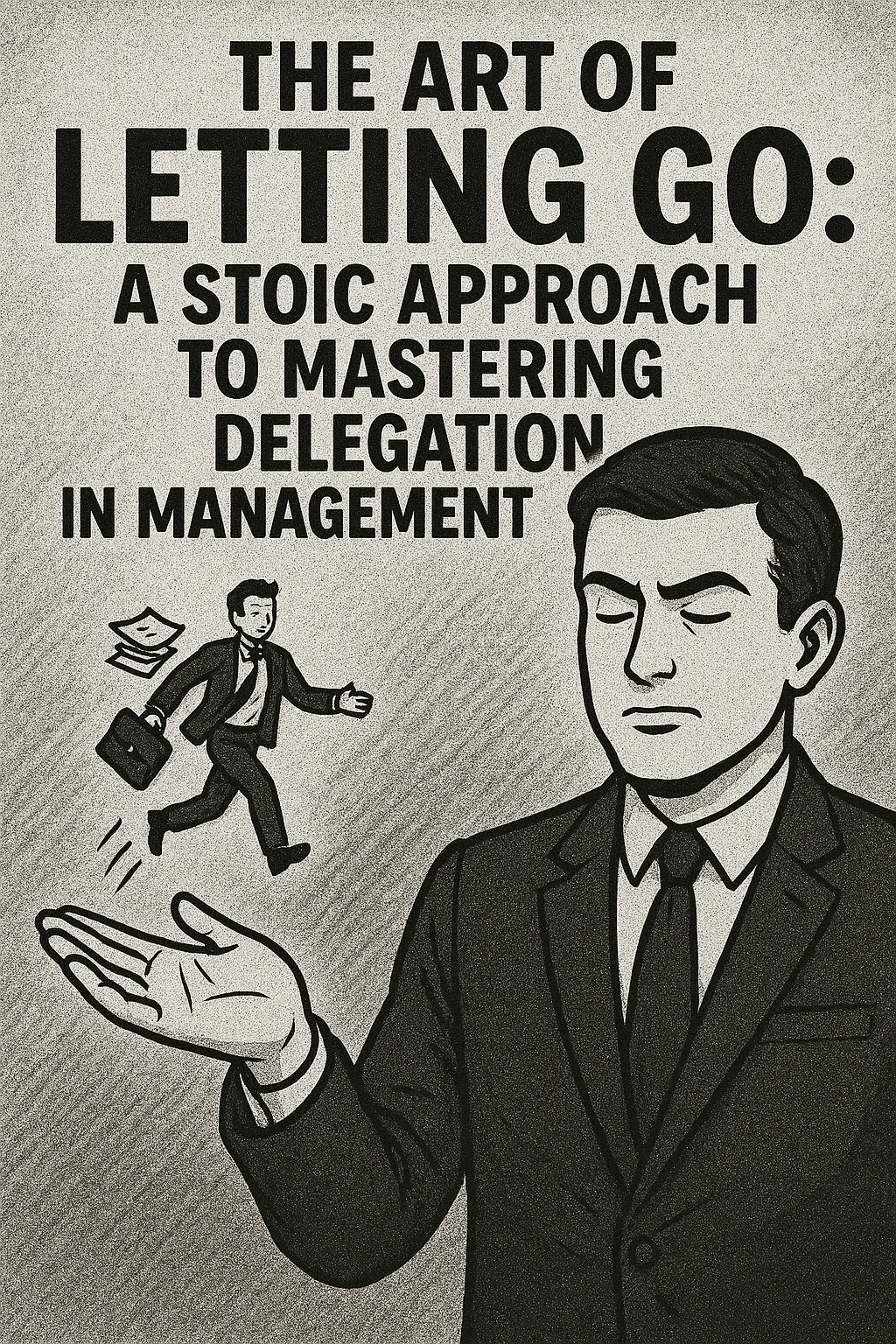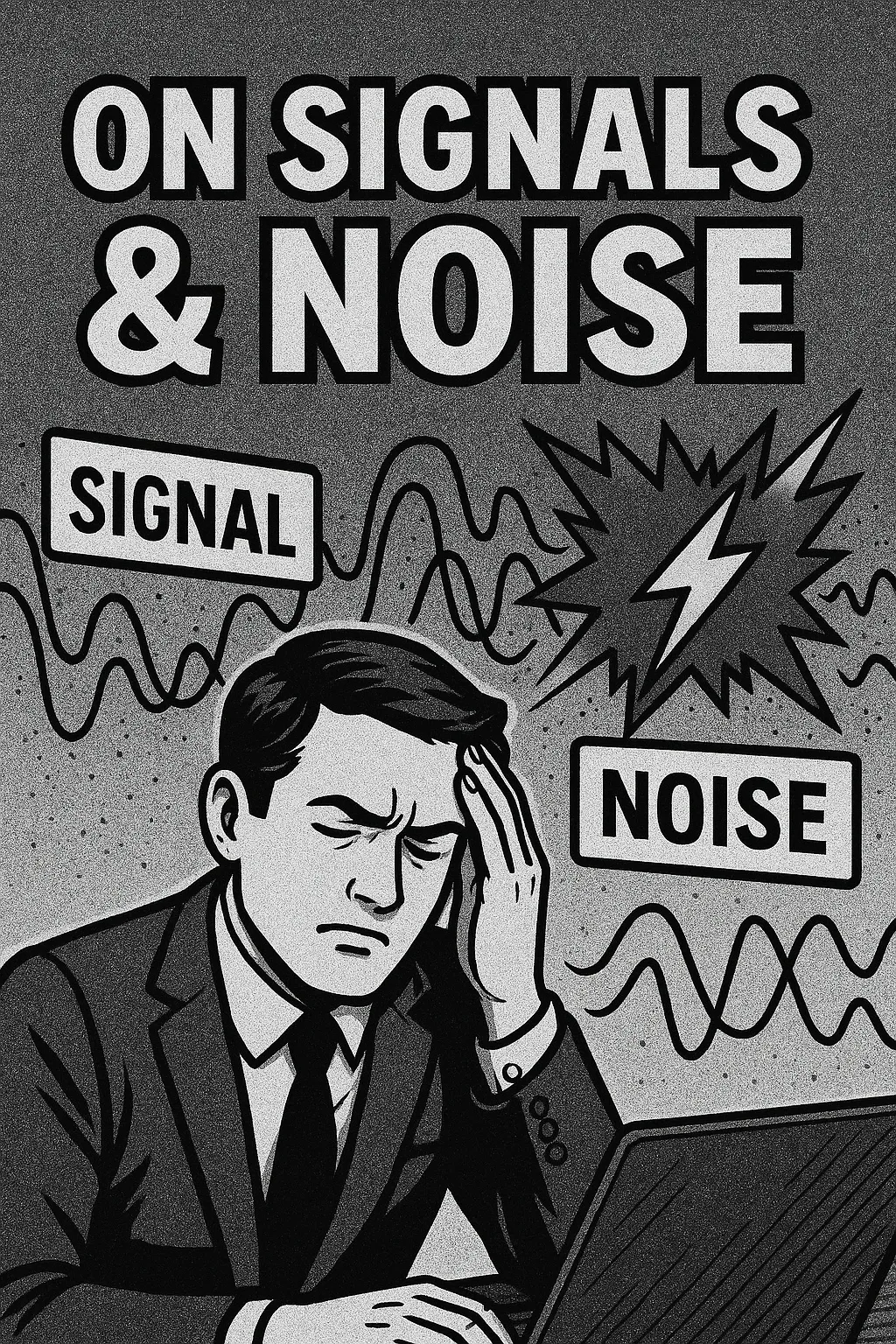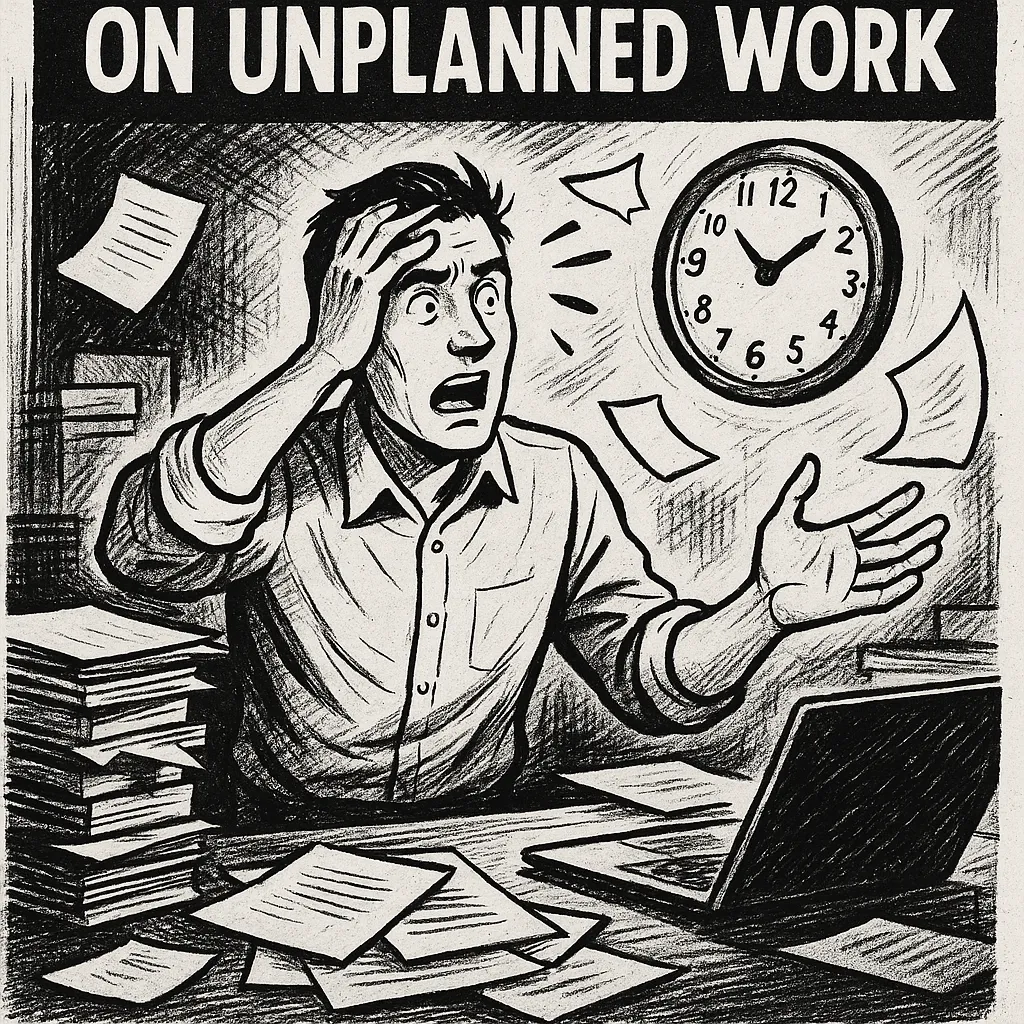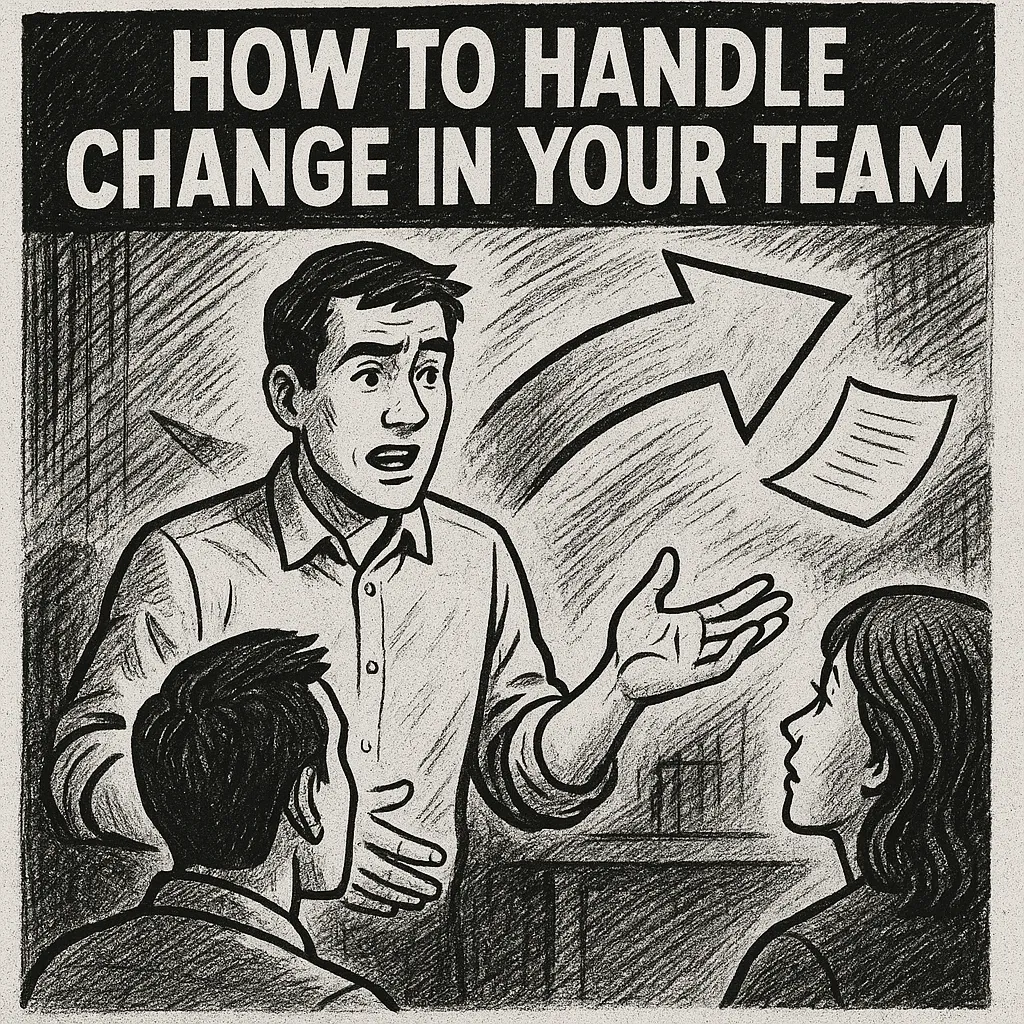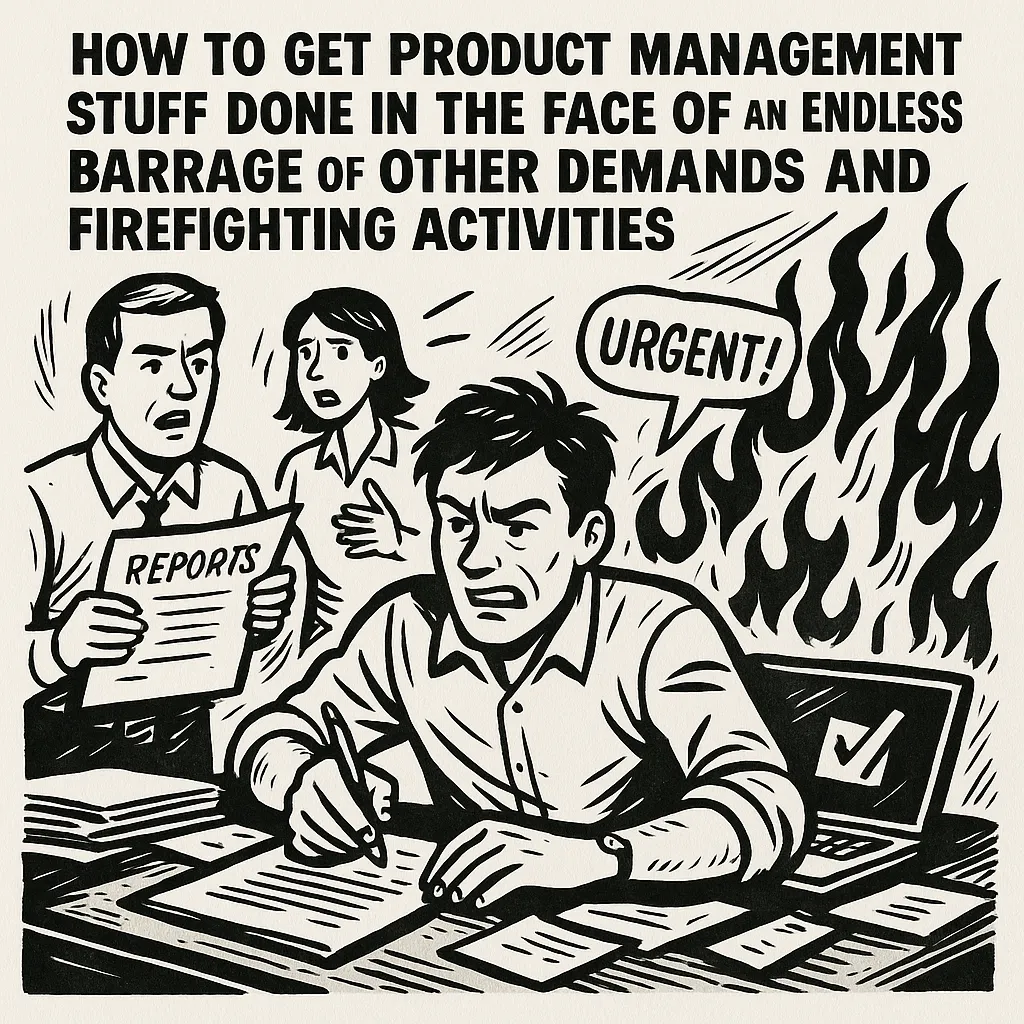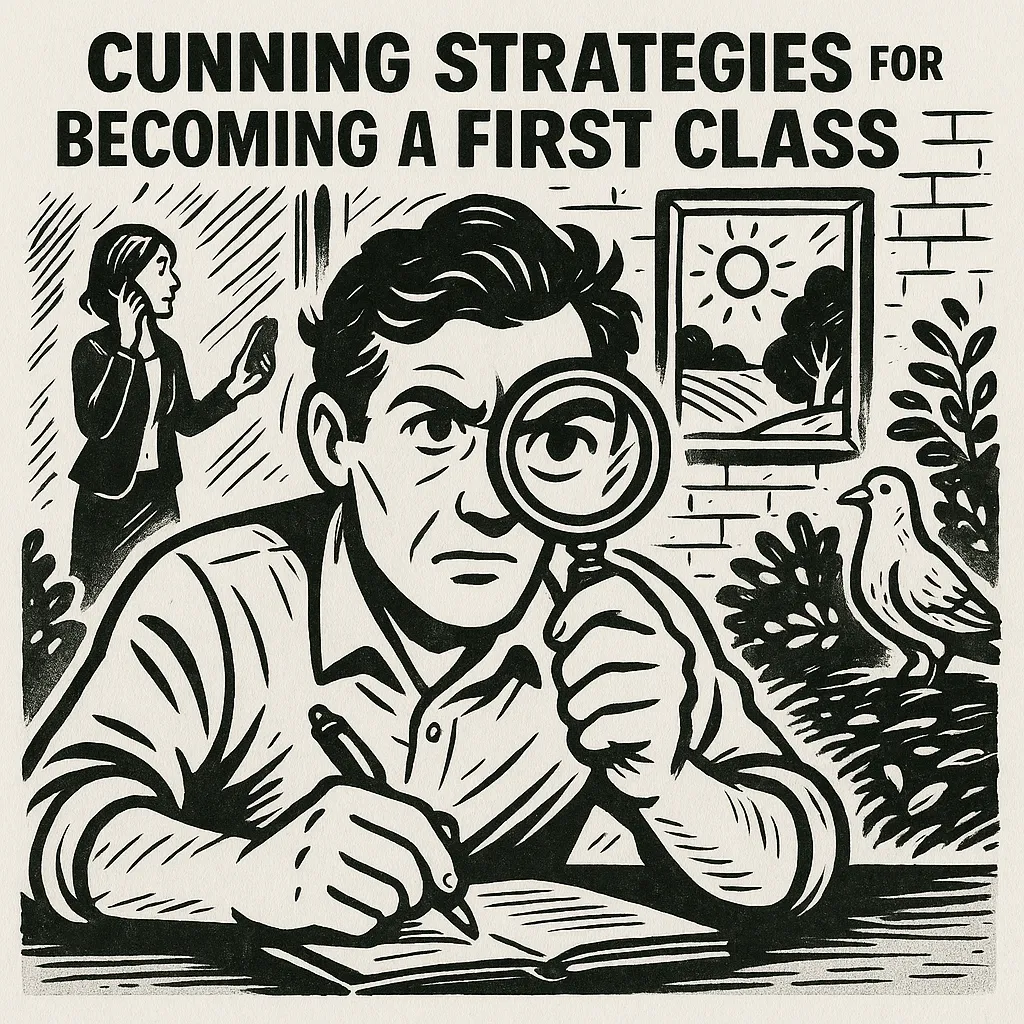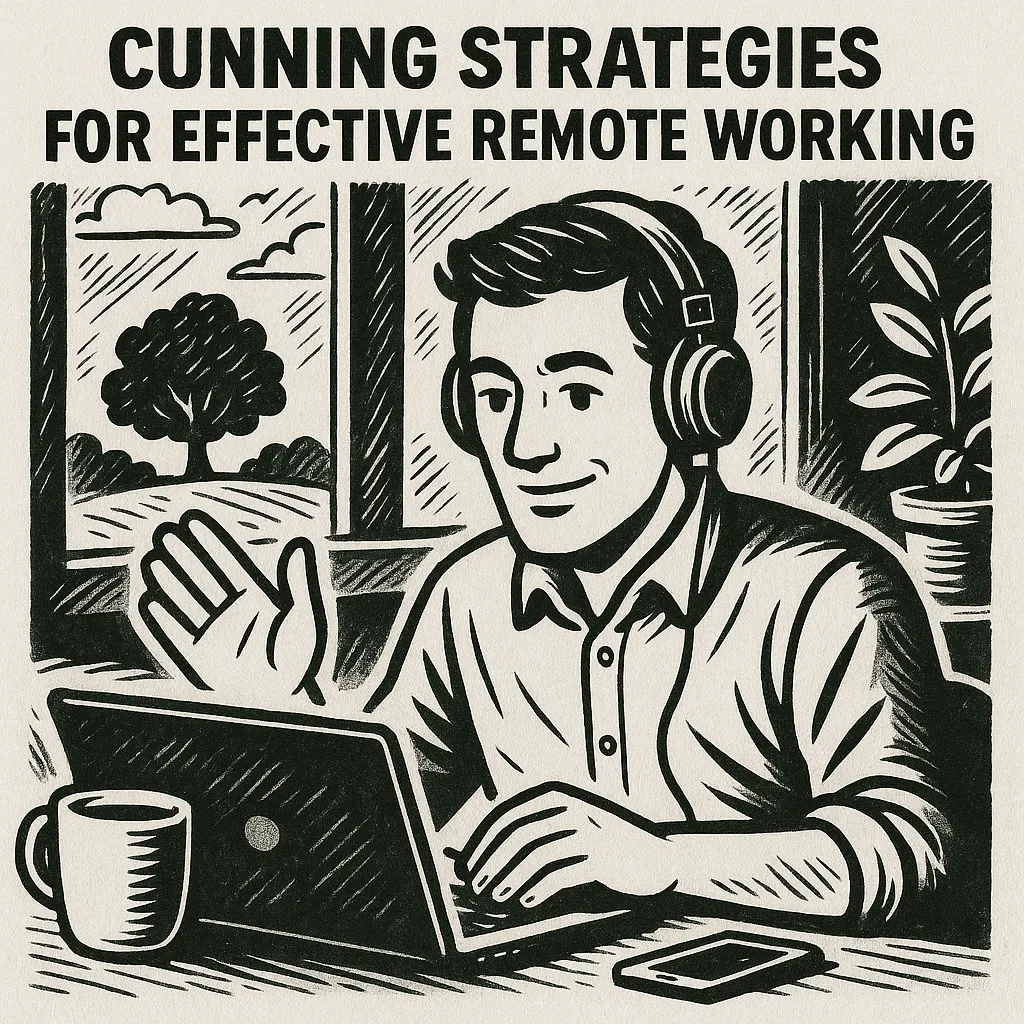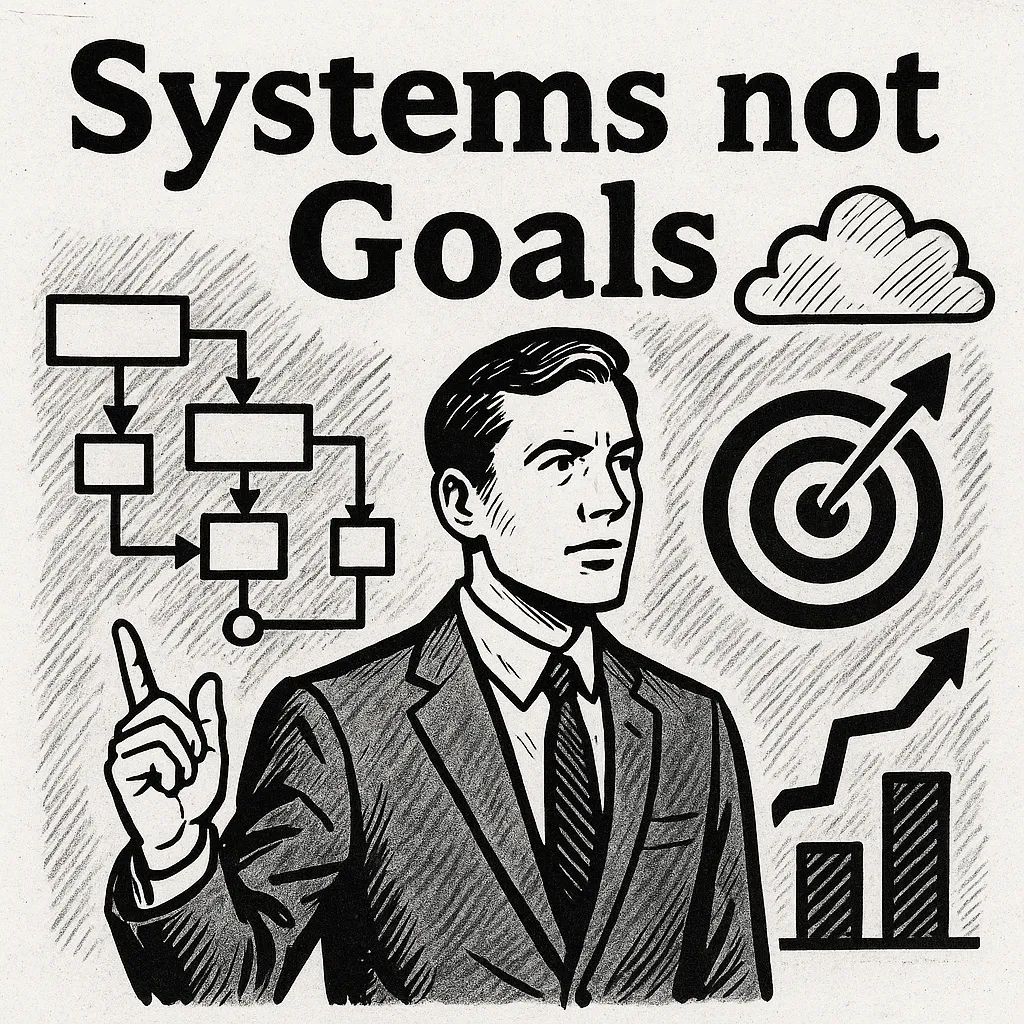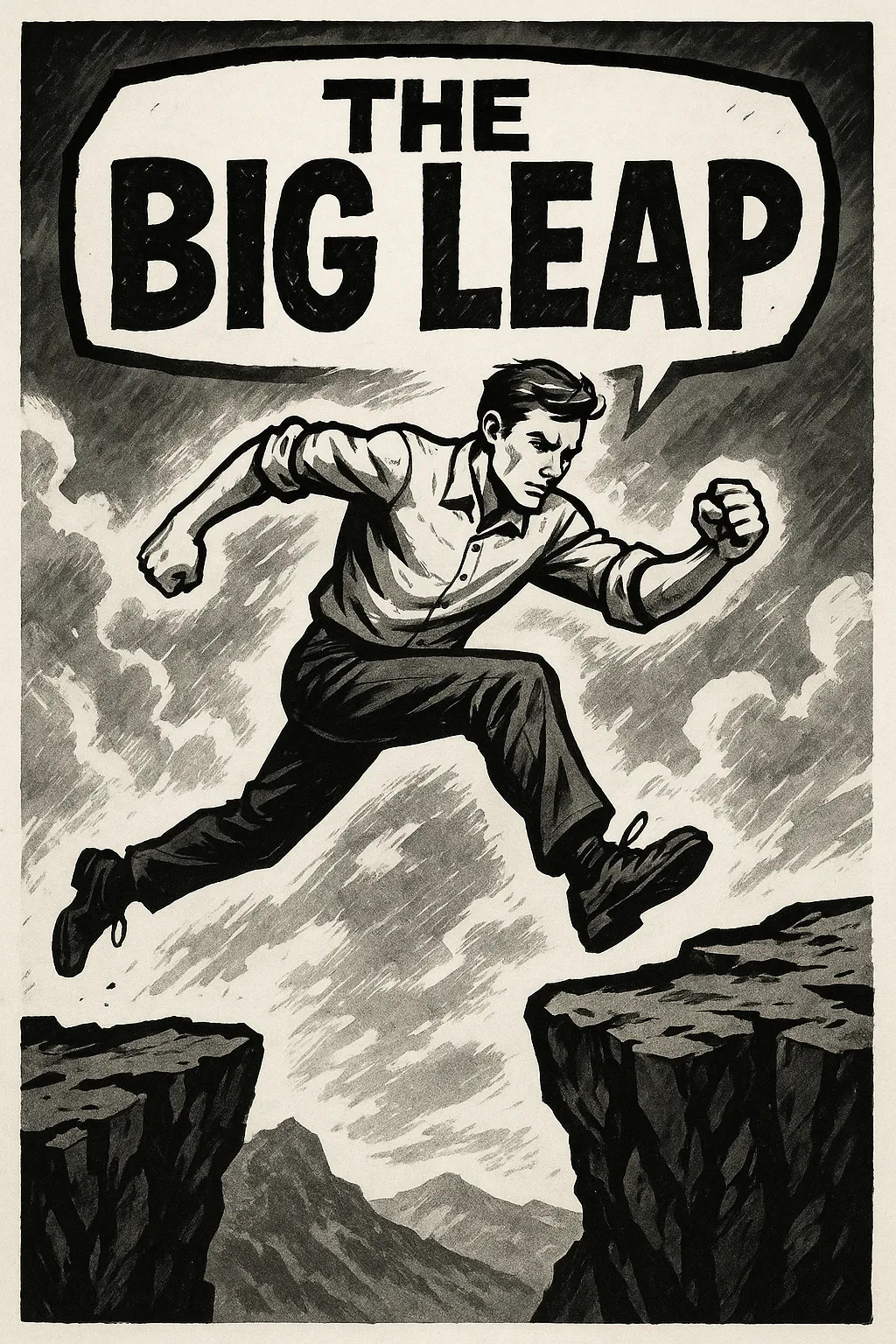Recently I’ve been thinking a little about delegation. I wanted to address some stumbling blocks I’ve faced myself, and give a little thought to how they can be overcome. As usual, mainly with a view towards helping me in my own efforts to be a better manager. Hopefully they’ll be of some service to you too.
Reasons why you may be bad at delegation
First up, what are some common reasons as to why someone like me might be bad at delegation in the first place? Well… There’s a bunch of them, and a quick trawl of the interweb will yield a list much like the following one:
- Lack of Trust in Team Members
- Desire for Control
- Fear of Losing Relevance or Job Security
- Perfectionism
- Guilt About Adding to Others’ Workloads
- Lack of Time to Train or Explain
- Lack of Clear Processes or Guidelines
- Concern About Being Perceived as Lazy or Uninvolved
- Failures to delegate effectively, or at all
I’m pretty sure I’ve fallen afoul of some, if not all of the basic failures above.
A failure to delegate effectively will likely be underscored by a constantly overflowing inbox full of emails, an endless queue of tickets, and a constant sense of anxiety and/or dread about all the things that haven’t been done yet and may never actually be gotten around to. A large number of open threads, adding to cognitive load and in the worst case, creating anxiety and affecting sleep.
No doubt another quick search of the interweb would generate several how-to guides, teaching me some pro-tips for delegating more effectively. The real question for me though, is why I’m so reluctant to let go of my work in the first place. After all, it’s not as though I don’t have plenty of other things I can focus on, and my mental health would likely benefit as a result since I’d be less anxious and sleep better at night.
I came up with a shortlist of my own fears and failings related to delegation below. If you’re a fellow sufferer, yours will no-doubt differ in the specific details, but the outcome (a failure to delegate effectively) will likely be the same.
Since there’s a fair bit of overlap between my personal reasons for failing to delegate effectively, and the generic list I mentioned earlier, I put the list into a table to show the overlap more clearly:
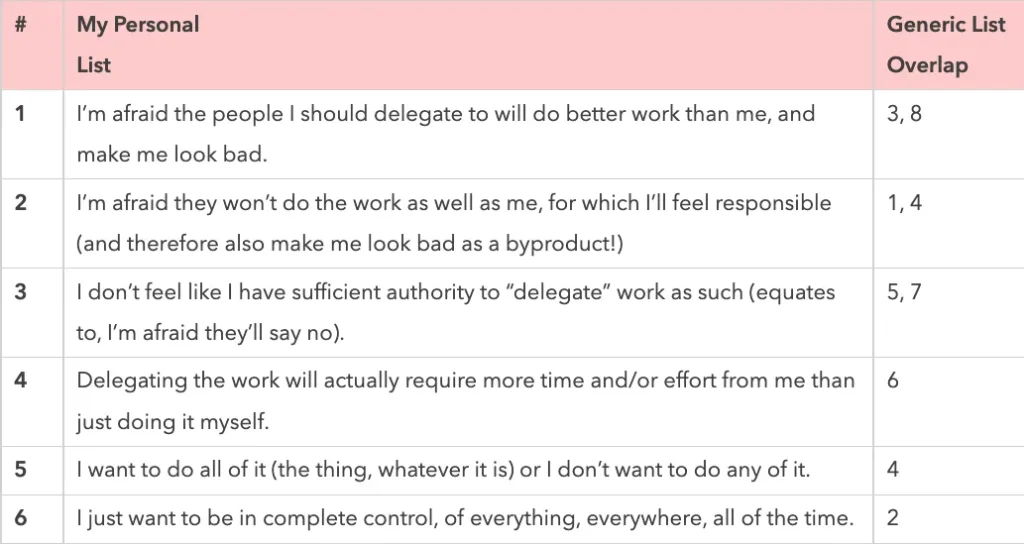
Strangely, this gives me some degree of comfort, since it indicates my specific fears and challenges are somewhat common, and there’s likely a bunch of actions I can take or some systems/processes I can implement that will improve my abilities in these areas.
How to get better at delegation
Before I got into strategies to tackle specific failings, I wanted to understand whether there were some general principles or heuristics I could apply that would help provide some direction in this area. Since delegation is something of a life skill (I delegate responsibilities around the home to my children, for example), I cast my net towards philosophy in general, and stoicism in particular since it majors on the areas of wisdom and judgement.
- Wisdom and Judgment: Stoicism teaches that wisdom and good judgment are crucial virtues. A Stoic leader would use wisdom to delegate tasks appropriately, taking into account their own strengths and weaknesses, as well as those of their team members.
- Control and Acceptance: Stoic philosophy emphasises an understanding of what is within our control and accepting what is not. In terms of delegation, this could translate to a recognition of when it is necessary to delegate tasks to others and an acceptance that I can’t do everything myself.
- Duty and Responsibility: Stoic philosophers believe in fulfilment of duty and taking responsibility for one’s role in life. A leader following Stoic principles would feel a sense of duty to delegate tasks as necessary to ensure the success of their team or organisation, while also taking responsibility for the overall outcome.
- Emotional Resilience: Stoicism teaches the importance of being resilient and unswayed by external circumstances. This could be taken to mean not allowing pride or the desire for control preventing me from delegating tasks when doing so is in the best interests of the team or project.
Armed with a little stoic background then, I can devise a few solutions to my own specific challenges, which seem to be largely grounded in a lack of confidence in my own abilities, and a resulting fear of failure. Here’s a few ideas I came up with, where the ideas to the left (on lighter yellow sticky’s) feed into an overall summary or strategy for dealing with the issue on the right (darker yellow).
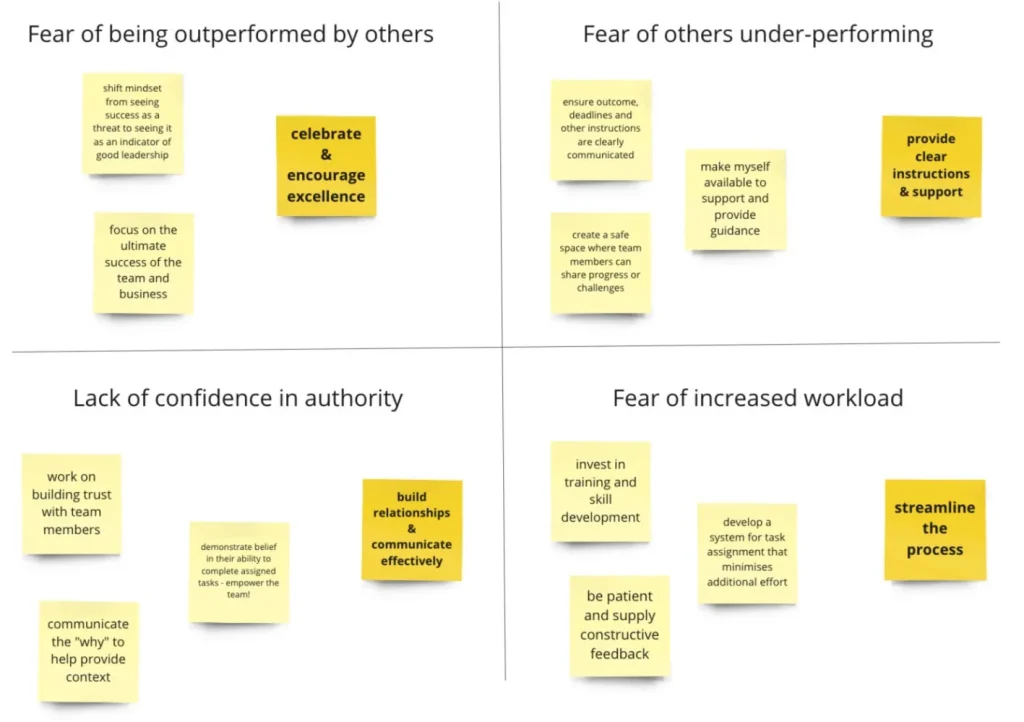
All of which lead to a couple of overriding perspectives on how to mitigate my worst failings in the area of delegation:
Focus on what can be controlled: Focusing on my actions and attitudes towards delegation, rather than the outcomes will help me to control how I delegate, how I communicate, and how I respond to the results. I can control my own actions, but not those of others.
Embrace my challenges as opportunities for growth: Viewing the challenges of delegation as opportunities to develop my leadership skills will likely help my team members grow and develop their own skills.
Ta-da! Delegation problems solved, right? If only it were that simple! It’s a start though. I’ll let you know how I’m getting on in a future post, since it’s looking like mastering this art is going to be critical to my future product management success.
As long as you live, continue to learn how to live.
– Seneca
